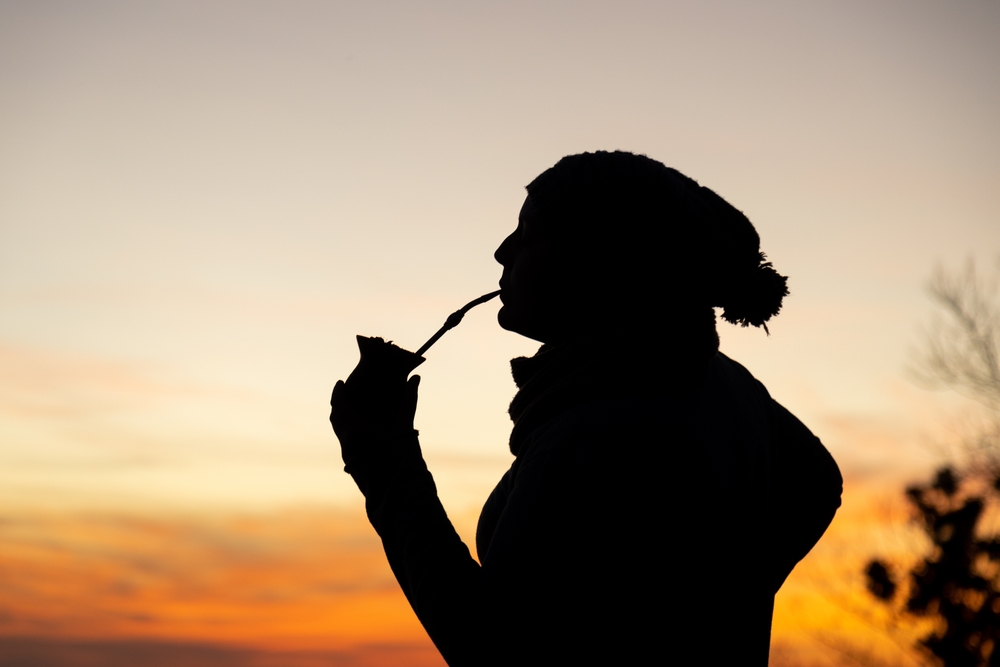Ilex paraguariensis. When visiting Argentina, Paraguay, Uruguay, southern parts of Brazi, and Andean countries, it is not necessary to know what this scientific name is all about. But you can’t have a true South American experience without having a sip of that bright green yerba mate.
One of the 50 most delicious drinks in the world according to CNN Travel, the ritual of drinking the infusion of the mate leaf is described in the global ranking as “one of the most surprising and pleasurable discoveries” for travelers.
With only “a hollow gourd and a metal straw,” it says, and some hot or cold water, visitors to the continent will understand why indigenous groups consumed mate well before Europeans arrived.
History tells us that the Caingangue and the Guaraní peoples of the southern portion of South America were the first to use the herb frequently, first by simply infusing freshly picked leaves to drink.
Later, they began to grind the leaves into powder and drink it out of an array of handmade pots. As the years went on, local cultures embraced the herb for ancestral and medicinal purposes — not to mention the stimulating benefits it provided, containing antioxidants, caffeine, and several other nutrients.
It didn’t take long for the drink to captivate the colonizing Europeans, including the Jesuits, who were sent to the Americas with the mission of converting the natives to Christianity. Because of the multiple benefits they saw in the act of consuming mate, these religious groups went from prohibiting the plant to cultivating and domesticating it in the 17th century.
“At first, when these religious missions arrived, mate and its uses were unknown to them,” says Leandro Gheno, a renowned mate entrepreneur and former president of the Paraná State Mate Industry Association (Sindimate).
“But this fear of the unknown later evolved into a sellable activity, with indigenous people and missionaries setting up mate plantations with commercial intentions,” he tells The...


 Search
Search






































